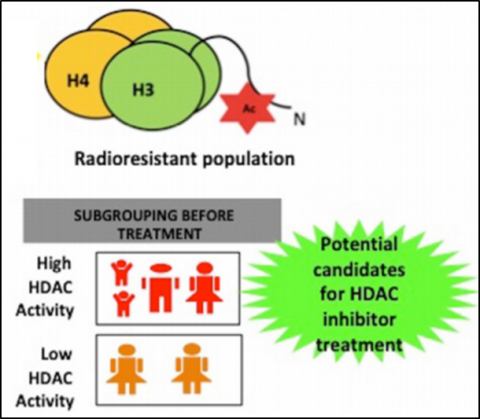Previous studies in different models from yeast to human cells imply that chromatin structure serves as a barrier for repair at DNA damage sites. The complex array of histone modifications/variants alter the overall charge and conformation of chromatin which helps in recruitment of factors at damage site to facilitate repair, and thus in maintaining genomic integrity in response to DNA damaging agents. DNA damage response (DDR) process requires multiple steps: (i) ‘prime’ phase - initial sensing of the break, ‘repair’ phase - the admittance of repair factors to the chromatin, and (iii) ‘recovery’ phase - the reinstatement of native chromatin state. This reflects a range of different signals embedded in chromatin itself, each helping to orchestrate the repair and checkpoint events depending on the DNA damaging agents and cell cycle stage. Histone modifications are a very important component of this embedded signal. Histone modifications/variants not only undergo dynamic alteration in context of DNA damage but also, are known to be altered during cell cycle facilitating distinct chromatin states. This might lead to differential radio-sensitivity in different phases of cell cycle.


